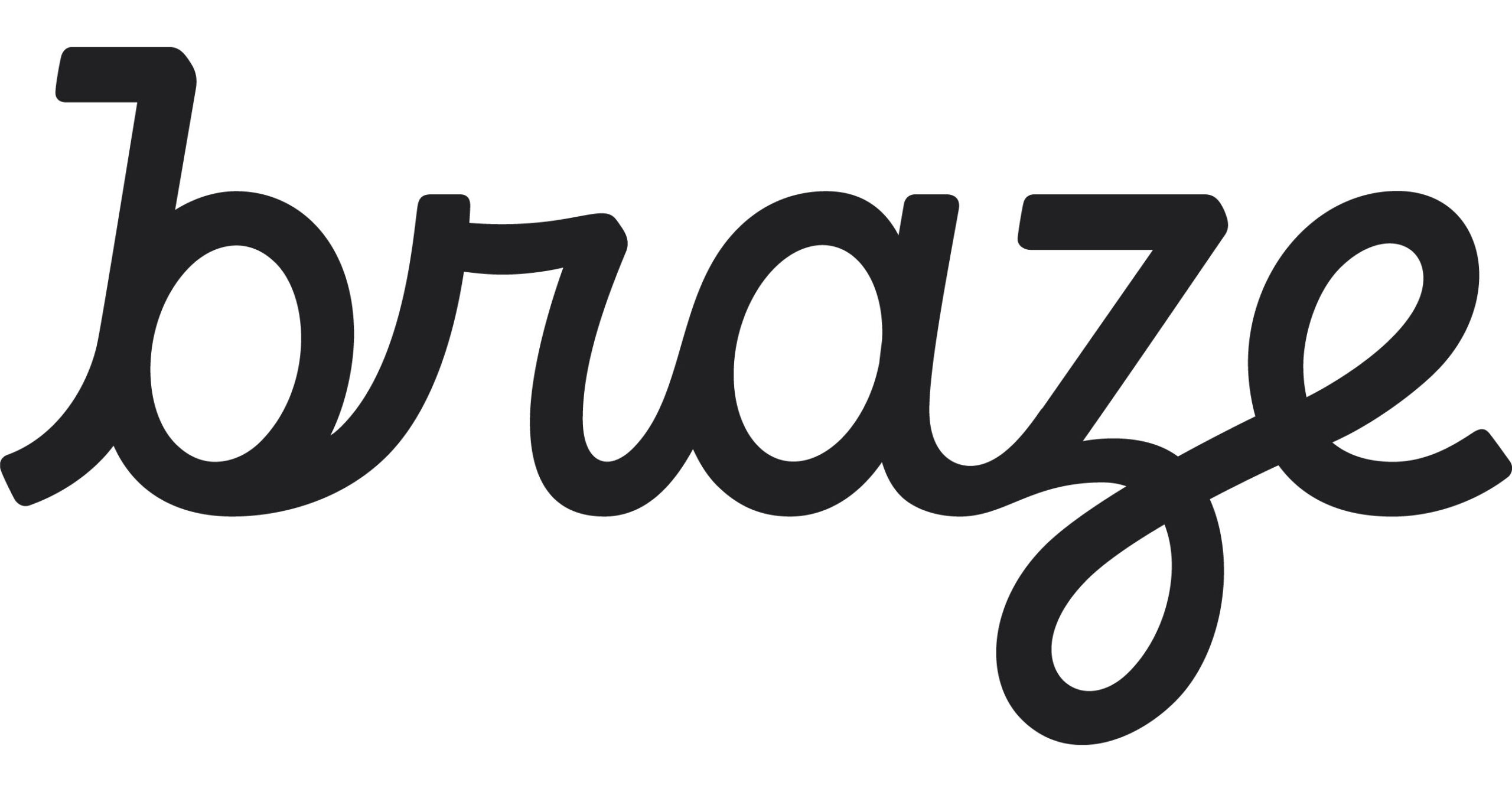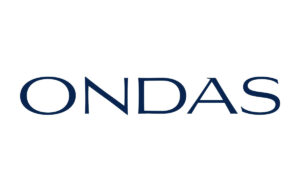Braze, Inc. (NASDAQ:BRZE) is a leading figure in the Internet – Software industry, known for its innovative customer engagement technology. The company’s knack for consistently surpassing earnings expectations underscores its robust market presence and operational prowess.
- Braze reported an earnings per share (EPS) of $0.15, significantly outperforming the estimated $0.03, marking a 400% earnings surprise.
- The company’s revenue reached approximately $180.1 million for the quarter, indicating a strong year-over-year growth from $145.5 million.
- Braze showcases a positive price-to-sales ratio of 4.71 and a conservative debt-to-equity ratio of 0.18, reflecting investor confidence and a solid financial structure.
On September 4, 2025, Braze reported an impressive earnings per share (EPS) of $0.15, far exceeding the analysts’ forecast of $0.03. This remarkable 400% earnings surprise, as highlighted by Zacks, underscores the company’s consistent ability to outdo consensus EPS estimates over the past four quarters, demonstrating its strong financial performance. In the revenue department, Braze generated approximately $180.1 million for the quarter ending in July 2025. Although this was slightly below the anticipated $180.3 million, it represents a significant increase from the $145.5 million reported in the same quarter the previous year.
Braze’s ability to consistently exceed consensus revenue estimates over the last four quarters further cements its growth trajectory. The price-to-sales ratio of 4.71 indicates that investors are willing to pay $4.71 for every dollar of sales, showcasing confidence in its revenue capabilities. Braze maintains a conservative capital structure, evidenced by a low debt-to-equity ratio of 0.18, indicating a minimal reliance on debt financing. The current ratio of 1.92 demonstrates the company’s strong capability to cover short-term liabilities with its short-term assets. However, the enterprise value to operating cash flow ratio stands at a notably high 67.04, suggesting a high valuation in comparison to its cash flow from operations.




